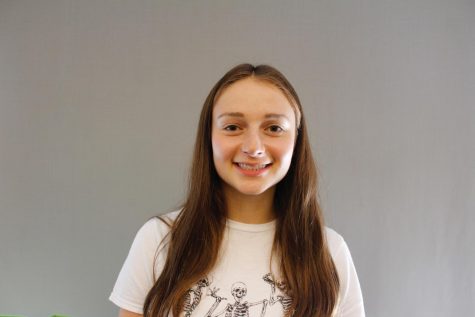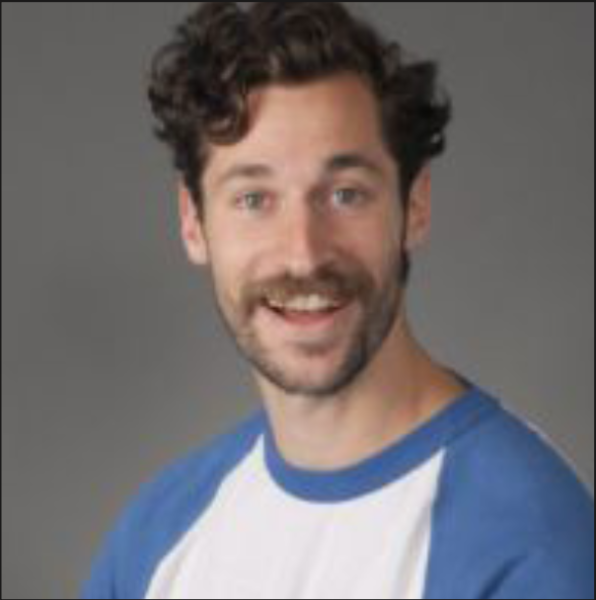Elective Evolution
Rising Upperclassmen Choose Science Elective Offerings for Next School Year
Perusing their newly printed course catalogs each February, rising Upper Schoolers flip past the blue Parker logo printed on the white cover and find their class requirements and elective options inside. In the recent past, the Science electives offered on a rotating basis according to topics that interest the teachers, have remained largely the same. This year, though, rising juniors and seniors will thumb through their booklets and find that their Science elective options are ones they themselves requested.
On January 10, Upper School Science Department co-Chair Elizabeth Druger emailed a Google Form to the 10th and 11th grades detailing seven potential Science electives to be offered in the 2018-2019 school year: Forensics, Anatomy and Physiology, ACME, Chemistry of Cooking, Paleontology, Psychology and Neurology, and Environmental and Climate Science.
Students, if they were planning on taking a Science elective, were invited to choose their favorite three. According to Upper School Science Department co-Chair Kara Schupp, the four which received the most votes will appear in the 2018-2019 Course Catalog that is to be passed out to rising Upper Schoolers at the Curriculum Morning Ex on February 26.
In addition to the elective offerings on the Google Form, semester-long Robotics, Remotely Operated Vehicles (ROV), and Computer Programming courses are automatically offered each year, along with year-long classes Advanced Topics in Biology, Advanced Topics in Chemistry, and Advanced Topics in Physics, all of which are filled on according to interest.
The change arose from a request made by the Curriculum Committee during department feedback. “Last year when Ms. Druger and I met with Charlie Moog and Abby Feitler, who were the Curriculum Committee heads, they shared that they would love to have some student input in terms of what would be offered,” Schupp said. “That stuck in our heads, and so as we were getting ready to write our Curriculum Guide with what electives we will offer, we wanted to make sure we took into account student voice.”
Junior Alexandra Takoudis was pleased with the level of student input going into the course offerings but concerned about how the newly established system would reflect her interests and schedule in the upcoming year. “I was excited to find out that we’d get to choose which electives were offered because there are some science classes I really want to take being offered,” Takoudis said. “I hope the electives I voted for got a lot of interest because otherwise I won’t be able to take them, and I hope that the periods when they’re offered work with the rest of my classes.”
The most difficult part of the new process, Schupp said, came after students filled out the form, during the actual scheduling of classes. “The trickiest thing on our end is trying to figure out when to offer the classes,” Schupp said. “If we offer one first semester because there’s interest in it, but those students can only take it second semester, and vice versa, then we run into a problem. So that’s tricky, just being able to figure out whether the numbers translate well with the semester and time slots.”
Before this year, the Science department offered its electives based on teacher preference. “In past years they would figure out what electives the teachers wanted to teach,” Schupp said. “It’s usually what has been taken by the students with enough numbers of enrollment, it’s popular, the kids are interested in it, the teaches have an interest in it, and it’s kind of stayed status quo for the last couple of years.”
Middle and Upper School Director of Studies Sven Carlsson sees the new system as a positive step for the school, but is unsure of how it could be flexible to fit other departments. “There are some subjects where it’s tough to know what you’d really be interested in because a lot of it is hard to access until you actually get into it,” Carlsson said. “I think the ability of that to expand to other departments is something each individual department has to look at…there has to be an interplay of utilizing areas of expertise in the faculty you have while at the same time looking into what students want to do. It can be tough, but when it’s possible, it’s really a cool move for the school, and it brings up a big question of what the future holds and how widespread this can be.”
Schupp has high hopes for the new system. “This was just our first iteration — we want to make sure that we’re always hearing student voice,” Schupp said. “We’re always interested in student feedback on how we can better gather student information and then tweak our survey tool to capture and collect it in an accurate way. Hopefully in the future it will not only be in existence, but even further expanded upon to incorporate actual ideas from students.”







